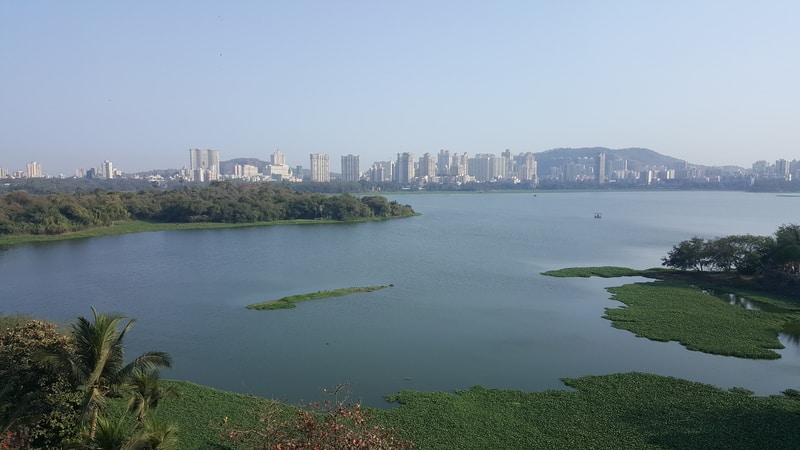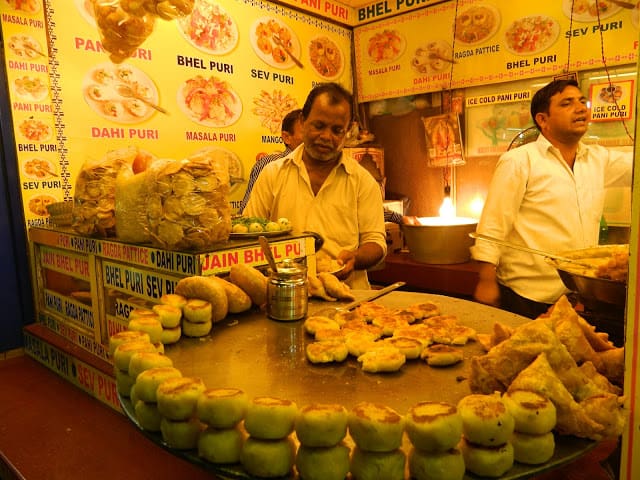Mumbai, often called the “City of Dreams,” is India’s financial and entertainment capital, drawing people from across the country and around the world. The energy, opportunities, and diversity of Mumbai make it an exciting place to live.
However, settling in Mumbai can be challenging, given its high cost of living, dense population, and fast-paced lifestyle. This guide will walk you through the process of settling in Mumbai, outlining both benefits and drawbacks along the way.

Step 1: Research and Decide Your Priorities
Before making a move, conduct thorough research on Mumbai’s neighborhoods, job market, lifestyle, and more. Identify what matters most to you: affordability, proximity to work, accessibility to public transport, or lifestyle amenities.
Key Considerations
- Budget: Mumbai’s real estate can be expensive, so having a clear idea of your budget is essential.
- Commute: Traffic is intense, so consider proximity to work or a convenient public transport route. Things have improved now due to the introduction of Metro Trains.
- Lifestyle: Choose neighborhoods that match your lifestyle, from bustling areas like Bandra and Andheri to quieter suburbs like Vikhroli and Mulund.
Step 2: Find a Suitable Place to Live
Finding accommodation in Mumbai can be tricky, as rental prices are high and demand is constantly on the rise.
How to Start
- Budget Planning: Allocate a portion of your income to rent, typically 20-30%.
- Shortlist Neighborhoods: Based on your budget, work location, and lifestyle preferences, shortlist a few neighborhoods. South Mumbai (Colaba, Marine Drive) is more upscale, while Bandra, Andheri, and Powai offer a blend of urban lifestyle and residential comfort. For low cost and easy connectivity, you can consider places like Virar where the rent is around Rs.10000 per month for a 2bhk.
- Use Rental Platforms: Platforms like MagicBricks, NoBroker, and Housing.com can help you find properties within your budget and requirements.
- Hire a Broker: Mumbai’s property market is competitive; a local broker can help you navigate faster but may charge fees.
Step 3: Navigating Public Transport
Mumbai’s transport network includes trains, buses, metros, and rickshaws. Getting familiar with these options is crucial, as they are the lifeline of the city.

Key Options
- Mumbai Local Trains: Known as the city’s lifeblood, local trains are efficient but can be extremely crowded.
- BEST Buses: A more relaxed alternative, with an extensive route network.
- Metro and Monorail: These are great for some specific areas, with future expansions underway.
- Auto Rickshaws and Taxis: Available for shorter distances, though fares can add up.
Tips for Using Public Transport
- Get a Season Pass: If you’re using trains regularly, invest in a monthly or quarterly pass.
- Download Travel Apps: Apps like M-Indicator can help you navigate schedules and plan routes.
Step 4: Acclimate to Mumbai’s Lifestyle and Culture
Mumbai is a melting pot of cultures, which makes it unique. From festivals to food and entertainment, there’s a lot to explore.
- Get Social: Join local interest groups, attend festivals, or explore Mumbai’s iconic nightlife to meet new people.
- Try Local Food: From street food to fine dining, Mumbai offers diverse culinary experiences. Don’t miss vada pav, bhel puri, and pav bhaji.
- Learn Basic Marathi: While Hindi and English are widely spoken, knowing basic Marathi can be helpful and appreciated by locals.
Step 5: Familiarize Yourself with Local Amenities
Mumbai is well-equipped with modern amenities, but knowing where to find essential services like healthcare, schools, and supermarkets is important.
- Healthcare: Look up nearby hospitals, clinics, and pharmacies. Popular options include hospitals like Lilavati, Hinduja, and Kokilaben Dhirubhai Ambani Hospital.
- Education: If moving with family, research good schools in your locality. Mumbai has reputed institutions like Dhirubhai Ambani International School, Bombay Scottish, and Podar International.
- Daily Essentials: Big supermarkets like D-Mart, Reliance Fresh, and local stores are widely available.
Step 6: Plan Your Finances
Mumbai’s cost of living is among the highest in India, so budgeting is essential.
- Create a Monthly Budget: Include rent, food, transport, entertainment, and utilities. Expect to spend anywhere from ₹25,000-₹50,000 per month as a single individual, while a family may need around ₹80,000-₹1,20,000.
- Banking: Open a local bank account if you’re moving internationally, and download financial apps for easy management.
Step 7: Understand Mumbai’s Climate and Prepare Accordingly
Mumbai has a tropical climate, with hot and humid summers, a heavy monsoon, and mild winters.
- Monsoon Preparedness: Invest in a good umbrella, raincoat, and waterproof shoes as heavy rains can lead to flooding.
- Summer Essentials: Stay hydrated and wear light, breathable fabrics.
- Winter Gear: Winters are mild, so minimal warm clothing is needed.
Benefits of Settling in Mumbai
1. Job Opportunities
Mumbai is a hub for finance, media, entertainment, and more, offering ample career opportunities.
2. Vibrant Lifestyle and Culture
Mumbai is full of festivals, food, and events, creating a lively environment.

3. High Connectivity
Well-connected via trains, buses, and the airport, making travel convenient.
4. Social Opportunities
The city is friendly to newcomers, and its diverse population allows you to connect with people from all backgrounds.
Drawbacks of Settling in Mumbai
1. High Cost of Living
Housing and basic living expenses are high, especially in prime areas.
2. Overcrowding and Traffic
Mumbai is densely populated, leading to crowded public transport and traffic jams.
3. Pollution
Air pollution levels are relatively high, especially in densely populated areas.
4. Monsoon Challenges
Mumbai’s monsoon season brings challenges like flooding, waterlogging, and transport disruptions.
Conclusion
Settling in Mumbai can be both exciting and challenging. With a clear plan and preparation, you can navigate the city’s challenges and take advantage of its opportunities. Following this guide can help you make a smooth transition and embrace the vibrant life Mumbai has to offer. While the city has its drawbacks, the energy, diversity, and opportunities make Mumbai a worthwhile place to call home.
Leave a Reply